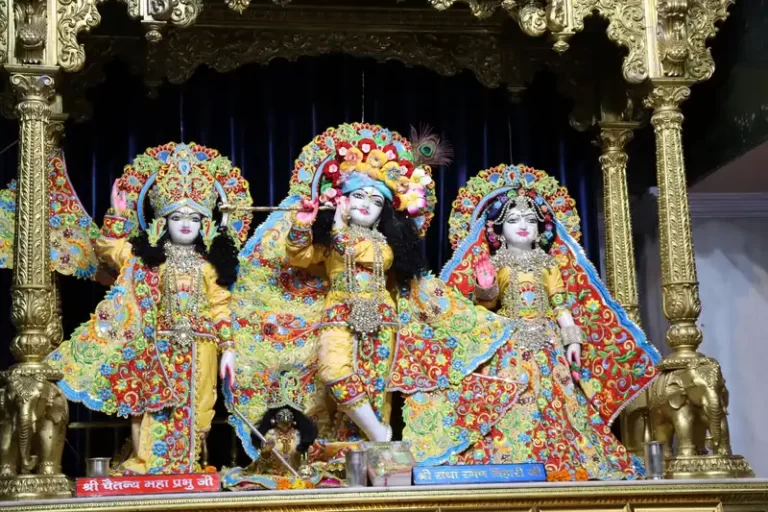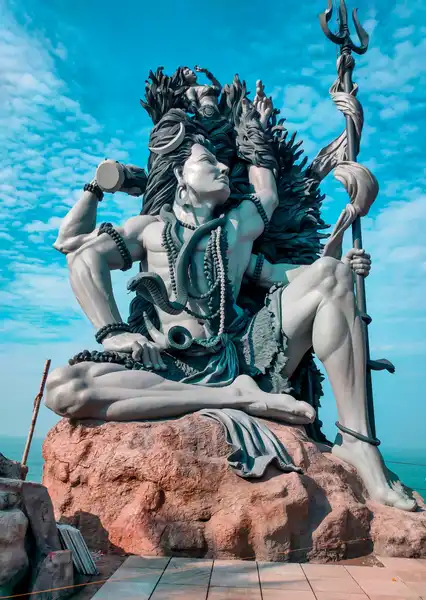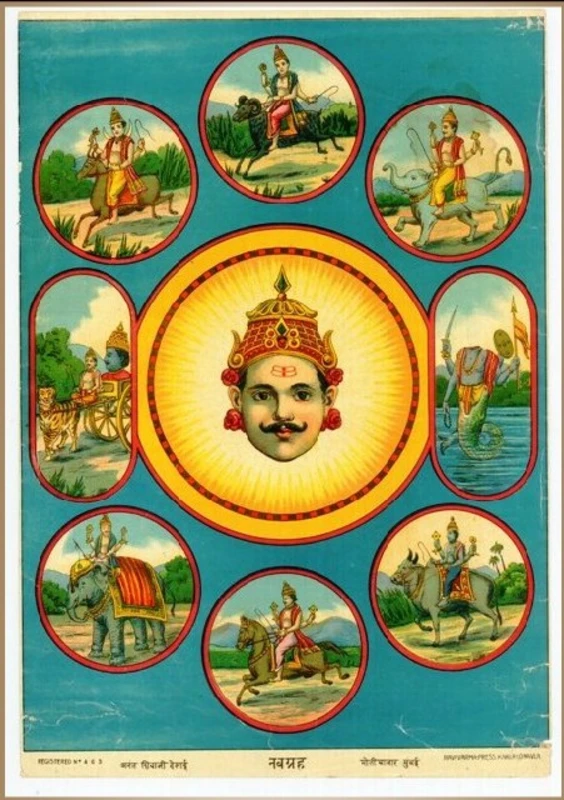Vedic Astrology: the unblemished eye of the Vedas
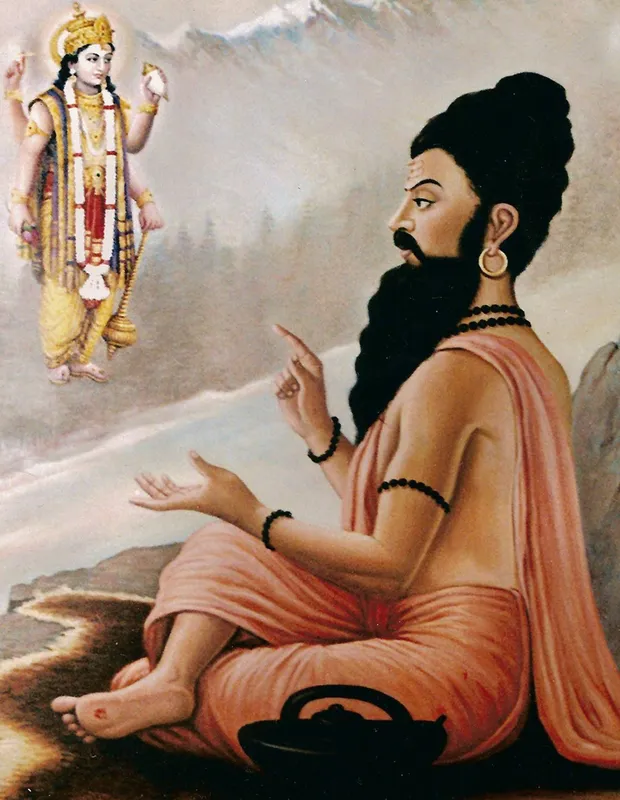
Vedic Astrology – an Introduction:
The Vedas stand as the most ancient volumes within the world’s library, forming a compilation of revered manuscripts that constitute Hinduism’s primordial scriptures. Coined from Sanskrit, “Veda” signifies knowledge, embodying the fount of all discernment and sagacity. Comprising the Rigveda, Yajurveda, Samaveda, and Atharvaveda, these quartet Vedas collectively unfurl a tapestry of wisdom.
Each Veda segregates into four components: the Samhitas, Brahmanas, Aranyakas, and Upanishads. Residing within the Samhitas are hymns, supplications, and ceremonial acts; Brahmanas expound directions for enacting rituals. Aranyakas encompass insights for sylvan-residing ascetics engrossed in rites, while Upanishads enshrine metaphysical and spiritual instructions regarding the fabric of reality and the individual essence.
Paramount as the most archaic and definitive scriptures of Hinduism, the Vedas wield unparalleled influence over Indian ethos, spirituality, and theology. Equally, they captivate worldwide scholars and researchers, who probe their historical, linguistic, and cultural import.
6 Vedangas:
Yet, to grasp and acquire true comprehension of the Vedas, mastery over the six Vedangas is imperative. These Vedangas are deemed as the elemental constituents of the Vedas, intricately woven into their fabric. The sextet of Vedangas encompasses:
- Shiksha: Involving the sonorous intricacies and phonemic aspects of Vedic Sanskrit language.
- Vyakarana: Encompassing the grammatical structure and regulations of Vedic Sanskrit language.
- Chandas: Delving into the rhythmic cadence and metrical configurations of Vedic verses.
- Nirukta: Engaging in the roots, interpretations, and connotations of Vedic vocabulary.
- Kalpa: Steering the regulations and methodologies governing Vedic rituals and oblations.
- Jyotisha: Unveiling astronomical and astrological domains, furnishing directives for computing auspicious junctures in rituals and observances. This discipline is contemporarily renowned as Hindu or Vedic Astrology.
Vedic Astrology – the Supreme Vedanga:
छन्दः पादौ तु वेदस्य हस्तौ कल्पोऽथ पठ्यते
ज्योतिषामयनं चक्षुर्निरुक्तं श्रोत्रमुच्यते।
शिक्षा घ्राणं तु वेदस्य मुखं व्याकरणं स्मृतम्
तस्मात्साङ्कमधीत्यैव ब्रह्मलोके महीयते।।
(पाणिनीयशिक्षा 41-42)
In line with Vedic ethos, the six Vedangas are likened to distinct facets of the human form, each endowed with an exclusive role in unraveling the Vedas. Chhandas corresponds to the Feet, Kalpa embodies the Hands, Jyotish or Vedic Astrology embodies the Eyes, Nirukta symbolizes the Ears, Shiksha signifies the Nose, and Vyakaran epitomizes the Mouth of the Vedas. Proficiency in these Vedangas, coupled with the Vedas, is believed to secure passage to Brahma Loka, the pinnacle of spiritual realization within Hinduism.
Salient are the six Vedangas, often endowed with personified likening to Veda Purusha’s corporeal facets. Amidst these facets, Jyotish, the Vedic Astrology, reigns supreme. It stands preeminent owing to its capacity in unfurling cosmic mechanisms, orchestrating astral dance, and their sway over human existence. Hence, it emerges as a potent instrument for deciphering and construing the Vedas, unfurling profound cognizance of life’s enigmas.
यथा शिखा मयूराणां नागानां मणयो यथा।
तद्रेवांगशास्त्राणां ज्योतिषं मूर्धानि स्थितम्॥
(वेदांग जयोतिष)
Comparable to the diadem atop a peacock’s crown and the jewel upon the serpents’ hood, Vedic Astrology, known as Jyotish shastra, claims the zenith amid the Vedangas.
Definition of Vedic Astrology:
वेदा हि यज्ञार्थमभिप्रवृत्ताः कालाभिपूर्वा विहिताश्च यज्ञाः
तस्मादिदं कालविधानशास्त्रं यो ज्योतिषं वेद स वेद यज्ञम्
(वेदांग जयोतिष)
Central to the Vedas lies the conduct of Yajnas, the Vedic rituals, where timing holds pivotal sway over their potency. Proficiency in Jyotish, or Vedic Astrology, also referred to as “Kalvidhan Shastra,” the science of temporal reckoning, empowers comprehension of apt Yajna timing and, consequently, unveils the profound import of the Vedas. Those adept in Vedic Astrology delve into the veiled dimensions of time and space, unraveling crucial cosmic mechanics imperative for Vedic rite enactment and Vedas’ explication.
Enshrouded in mystique and antiquity, Vedic astrology, or Jyotish Shastra, emerges as a mesmerizing conduit to cosmic cognizance, springing from the ancient Vedas of Hinduism. It posits that the celestial realm weaves intricate tendrils into human existence, decoded through celestial charts. These charts, akin to celestial imprints, unfurl personalized traits and trajectories. The twelve astral motifs and twenty-seven lunar constellations compose its lexicon.
The astral portrait, a cosmic tableau, plots planetary stances at birth, unraveling inherent attributes and cosmic probabilities. Guided by adept seers, planetary dialogues and epochs mold divinations. Remedial measures, a fusion of mysticism and pragmatism, strive to alleviate celestial quandaries.
Yet, skepticism casts a shadow over Vedic astrology’s allure. To some, it serves as an illuminating lantern of self-revelation; to others, an unsubstantiated enigma. Nevertheless, it endures as an enigmatic prism, proffering glimpses into life’s intricate threads woven through an ancient cosmic choreography.
Branches of Vedic Astrology:
सिद्धान्तसंहिता होरारूपस्कन्धत्रयात्मकम्।
वेदस्य निर्मलं चश्चुः ज्योतिष्शास्त्रमनुत्तमम्।॥
(नारद संहिता, 1.4)
Vedic Astrology, known as Jyotish Shastra, acclaimed as the unsullied vision of the Vedas, encompasses three facets: Siddhanta, Samhita, and Hora.
In antiquity, the realm of Vedic Astrology was categorized into Skandhas: Siddhanta, Samhita, and Hora. Siddhanta enfolds the sages’ astronomical treatises, encompassing renowned works like Surya Siddhanta and Brahma Siddhanta. Samhita, termed Medini, delves into Mundane astrology, addressing communal-impacting occurrences like rainfall, earthquakes, eclipses, and comets. Hora, or Jatak, delves into scrutinizing individual horoscopes and the fate of a singular individual.
As civilization advanced and scientific understanding broadened, Vedic Astrology underwent transformation. By the 16th century, six divisions within Vedic Astrology were recognized, as outlined below:
जातक गोल निमित्त प्रश्न मुहूर्तारव्यगणितनामानि।
अभिदधतीह षडङ्गान्याचार्या ज्योतिषे महाशास्त्रे॥
(प्रश्न मार्ग)
Jatak, Gola, Nimitta, Prashna, Muhurta, and Ganit constitute the sextet of divisions within Jyotish, also known as Vedic Astrology, the Mahashastra or “Super Science.”
Siddhanta bifurcated into two specialized streams: Gola, encompassing Spherical Astronomy, and Ganit, engaging in Mathematical pursuits. Samhita’s significance waned, while Nimitta, deciphering omens, and Muhurta, governing Electional Astrology, ascended. Jatak or Hora continued evolving, and Prashna or Horary Astrology emerged as an autonomous segment due to its import.
Presently, a surge in distinct realms within Vedic Astrology is observed, including Astro Palmistry, Astro Vastu, Medical Astrology, Astro Psychology, Astro Meteorology, and others.
Preceptors of Vedic Astrology:
ब्रह्माचार्यो वसिष्ठोऽत्रिर्मनुः पौलस्त्यलोमशौ।
मरीचिरंगिरा व्यासो नारदः शौनको भृगुः॥
च्यवनो यवनो गर्गः कश्यपोऽथ पराशरः।
अष्टादशैते गंभीरा ज्योतिःशास्त्रप्रवर्त्वकाः॥
(नारद संहिता, 1.2-3)
Brahma, Acharya (Surya), Vasistha, Atri, Manu, Pulstya, Lomash, Marichi, Angira, Vyasa, Narad, Shaunak, Bhrigu, Chyawan, Yawan, Garga, Kashyap, and Parashar compose the roster of the illustrious Eighteen ancient Vedic Astrology mentors.
The roots of Vedic Astrology extend to Brahma Dev, the universe’s creator. Surya Dev, Narad Muni, and eminent sages like Vasistha and Lomash are believed skilled in it. Sage Vyasa and Parashar, the final two of the 18 ancient Vedic Astrology experts, excelled across all three branches with distinctive Siddhantas.
Rishi Vashistha tutored Bhagwan Ram; Rishi Parashar, Vashistha’s grandson, stood as his kin. Krishna Dwaipayana Vyasa, alias Veda Vyasa, born to Rishi Parashar and Satyavati (formerly Matsyagandha), bore witness to the 3102 BC Mahabharat War, scribing its early form, the Jaya.
Foreseeing Kaliyuga’s advent, Vyasa compiled the Vedas and authored 18 Puranas. The last Vedic Rishis, Vyasa and Parashar, endure. Parashar is the father of Vedic Astrology, its Kaliyuga wellspring. Vyasa etched astrological gems into his Puranas; Sage Jaimini, Vyasa’s disciple, birthed Jaimini Jyotish, favored in South India.
Daivagna – eligibility criteria for the practitioner of Vedic Astrology:
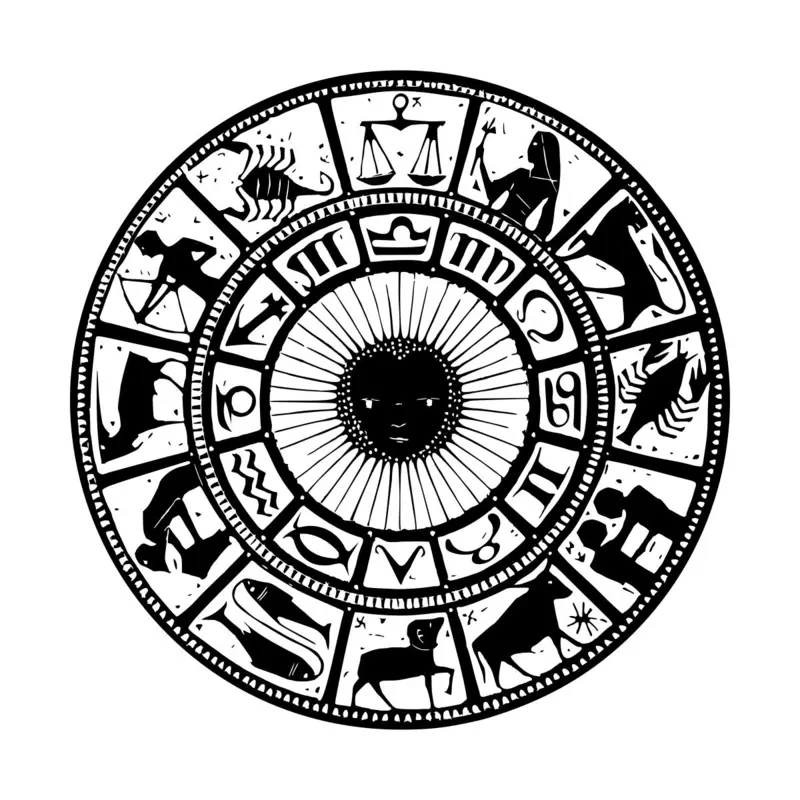
A Daivagya, originating from the Sanskrit words “Daiva” (divine or celestial) and “gya/gna” (knowledge or wisdom), is a savant in astrology who offers counsel based on profound comprehension. In Vedic Astrology, a Daivagya is an authority, versed in the cosmic impacts on human life. They adeptly decode astrological charts, unveiling insights into character, life trajectory, and future prospects.
In traditional Hindu culture, Daivagyas held eminence, sought by people across societal strata, including rulers, elites, and the public. Modern times see some Indian communities upholding Daivagyas, esteeming their counsel spanning personal and political domains.
The celebrated Indian astronomer and astrologer Varahamihira acknowledged astrologers’ pivotal role in traditional Hindu society. In his monumental work, Brihat Samhita, he dedicated a chapter to qualifications for aspiring astrologers, underscoring their significance.
Varahmihira’s Brihat Samhita lays out criteria for an astrologer. Ideal candidates emerge from esteemed lineage, boasting appealing appearance, modest demeanor, integrity, absence of ill intentions, impartiality, and a well-proportioned physique with robust, intact joints, fine features, and a resonant voice.
Astrologers should exhibit qualities and skills for success. They must bravely express views in gatherings, unswayed by peers. Thorough astrology training nurtures expertise.
Compassion and virtuous conduct are vital. Ritual knowledge, deity reverence, self-discipline foster serene minds, fostering a positive client atmosphere.
Astrologers wield authority via their proficiency, addressing diverse problems beyond divine realms. Mastery requires encompassing Siddhantas, ecliptic expertise, and time measurements (solar, planetary, lunar, Tithis). Knowledge of Adhikmasa and intercalary periods is also pivotal.
Astrologers should master computing initiation and conclusion times for the 60-year cycle, Yugas (5-year spans), years, months, days, hours, and their respective rulers.
A bona fide astrologer adeptly grasps objections and incongruities, adroitly addressing them with clear, convincing articulation. This authenticates the science, akin to discerning pure gold through touchstone, fire, and hammer tests, preserving its true value.
Sastra comprehension and interpretation are pivotal. Equally crucial is an astrologer’s aptitude for effectively conveying these concepts, particularly to pupils. Proficiency entails the ability to respond and expound. Averse to obscurity, a skilled astrologer embraces discourse and idea exchange, honing communication prowess.
It’s vital to discern that astrological forecasts from sorcerers, spirit-possessed individuals, eavesdroppers, or those reliant on hearsay lack reliability. Such practitioners lack true astrologer qualifications, risking misinformation. Seek counsel from reputable, knowledgeable astrologers with profound grasp of principles.
Parashara, Brihat Parashara Hora Shastra’s author, stressed an astrologer’s character and credentials. Truthfulness, integrity, and absence of greed were paramount to him.
Parashara denounced malevolent practices like black magic and exploiting astrology for personal gain or harm. Predictions mustn’t stem from rumors or guesswork.
Astrology held sacred status for Parashara, mandating spiritual practices and personal purity. Mastery of principles preceded professional practice, as underscored by him.
Ancient texts like Brihat Parashara Hora Shastra highlight the unsuitability of individuals lacking righteousness, temperance, purity, truthfulness, respect for gurus, and devotion to study astrology.
Excommunication, societal ostracism, and grave crimes render individuals ineligible. They lack virtues necessary for ethical and effective astrological comprehension and practice.
Narada Muni, from the Narada Purana, cautions against deceitful astrologers exploiting people’s faith. He foresees severe consequences for such actions in the afterlife.
Narada underscores the need for trustworthy, learned astrologers who wield science with integrity and empathy. He advises choosing practitioners versed in scriptures and astrology’s tenets, using knowledge altruistically.
Blindly embracing predictions is cautioned. Narada highlights that astrology complements diligence, self-discipline, and self-growth. Personal responsibility transcends sole reliance on astrological guidance.
In Hinduism, the transgression of a deceitful astrologer carries grave implications. It not only dupes and misguides but also undermines astrology’s credibility. The Garuda Purana details severe consequences for such actions – punishment in hell with heads down, feet up, enduring Yama’s attendants’ torments and various agonies.
Understand, karma shapes destiny, unchangeable. Graha Devtas’ favor isn’t purchasable; even a sage like Ravana couldn’t evade consequences.
Beware of unrealistic assurances or costly remedies that neglect karma improvement. Exploitative promises target anxieties and greed, harming the astrological community’s repute.
Conclusion:
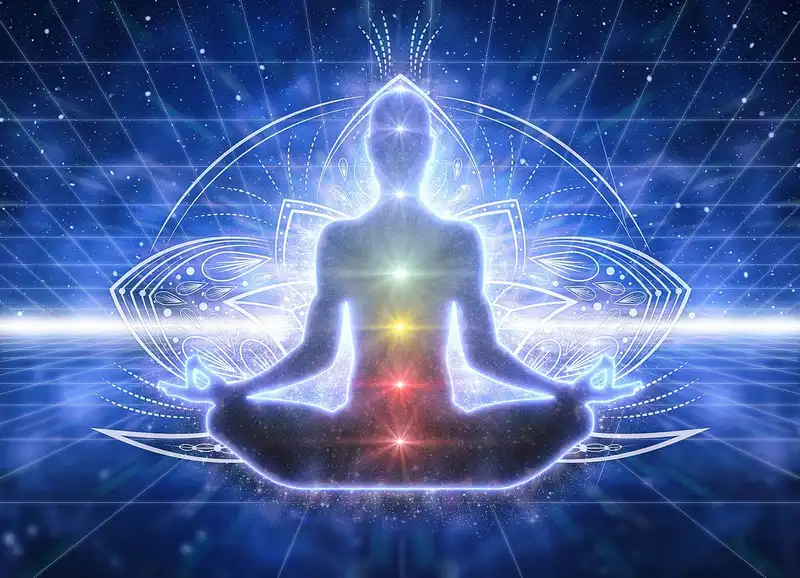
Jyotish is a treasured legacy from ancient Rsis and Devtas, deserving reverence. To enhance circumstances, virtuous actions (Kriyaman Karmas), adherence to Dharma, and sincere devotion to the divine are pivotal. A true astrologer guides you along this path.
Astrology and astrologers are of immense aid with a proper mindset. Problems arise when driven by greed, fear, fatalism, or instant fixes. Fraudulent practitioners exploit these emotions adeptly.
Recognize misconceptions to attain a pragmatic grasp of astrology’s scope. A bona fide astrologer resembles a doctor – healing not just body and mind, but Atma (soul) and Karmas (deeds).
Embark on an enigmatic odyssey into the realms of Vedic astrology—a labyrinthine cosmic artistry that has enthralled seekers for eons. As you plunge into the celestial mosaic painted by stars and planets, unshackle your mind and spirit. Vedic astrology unveils facets of your essence, relationships, vocation, and cosmic mission. Immerse yourself in the intricate dance of forces that mold your fate. Skeptic or savant, traversing Vedic astrology widens your cosmos comprehension. Decode concealed patterns, attain self-cognizance, and attune to the universe’s cadence. Approach this expedition with rapt fascination, letting the ancient sagas enhance your life’s narrative. The cosmic symphony beckons—heed the call.
I aspire for this article to provide you with assistance. Should you discover value within these words, kindly contemplate sharing them with your loved ones. I invite you to spare a moment to offer your thoughts and appraisals below. For further remarkable content akin to this, I encourage you to delve into our website. Additionally, I extend an invitation to subscribe to my YouTube channel for forthcoming materials of similar nature. Lastly, feel unrestrained to establish a connection with me through social media. Wishing you a splendid day ahead!
हरि ॐ तत्सत्
FAQs:
Here are a few frequently asked questions (FAQs) about Vedic Astrology:


